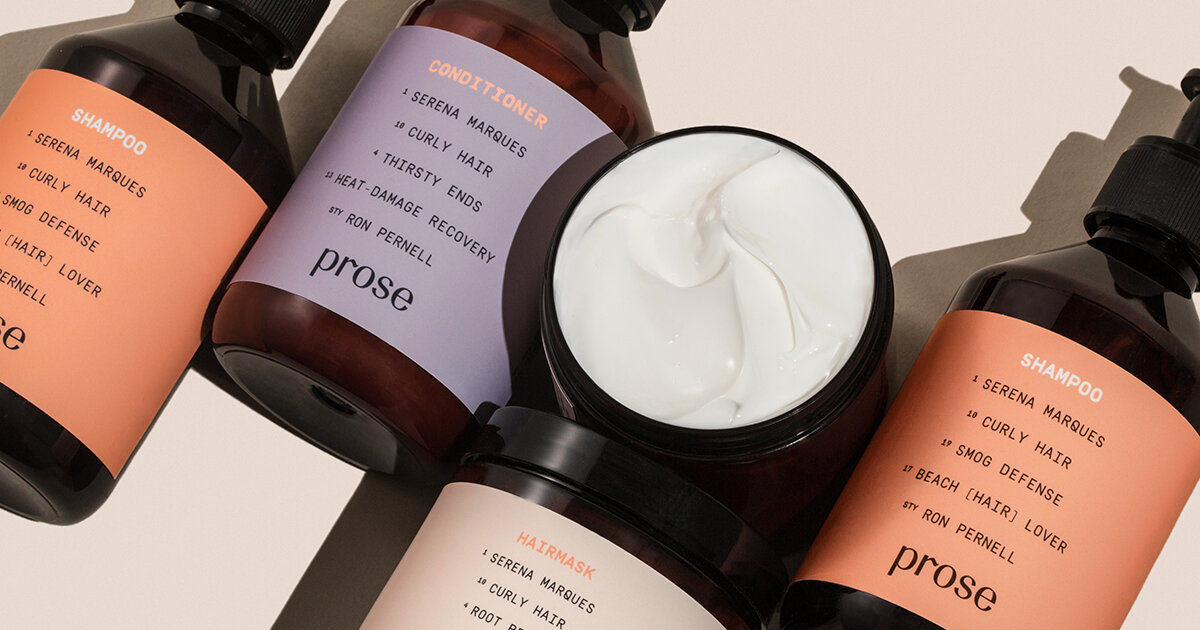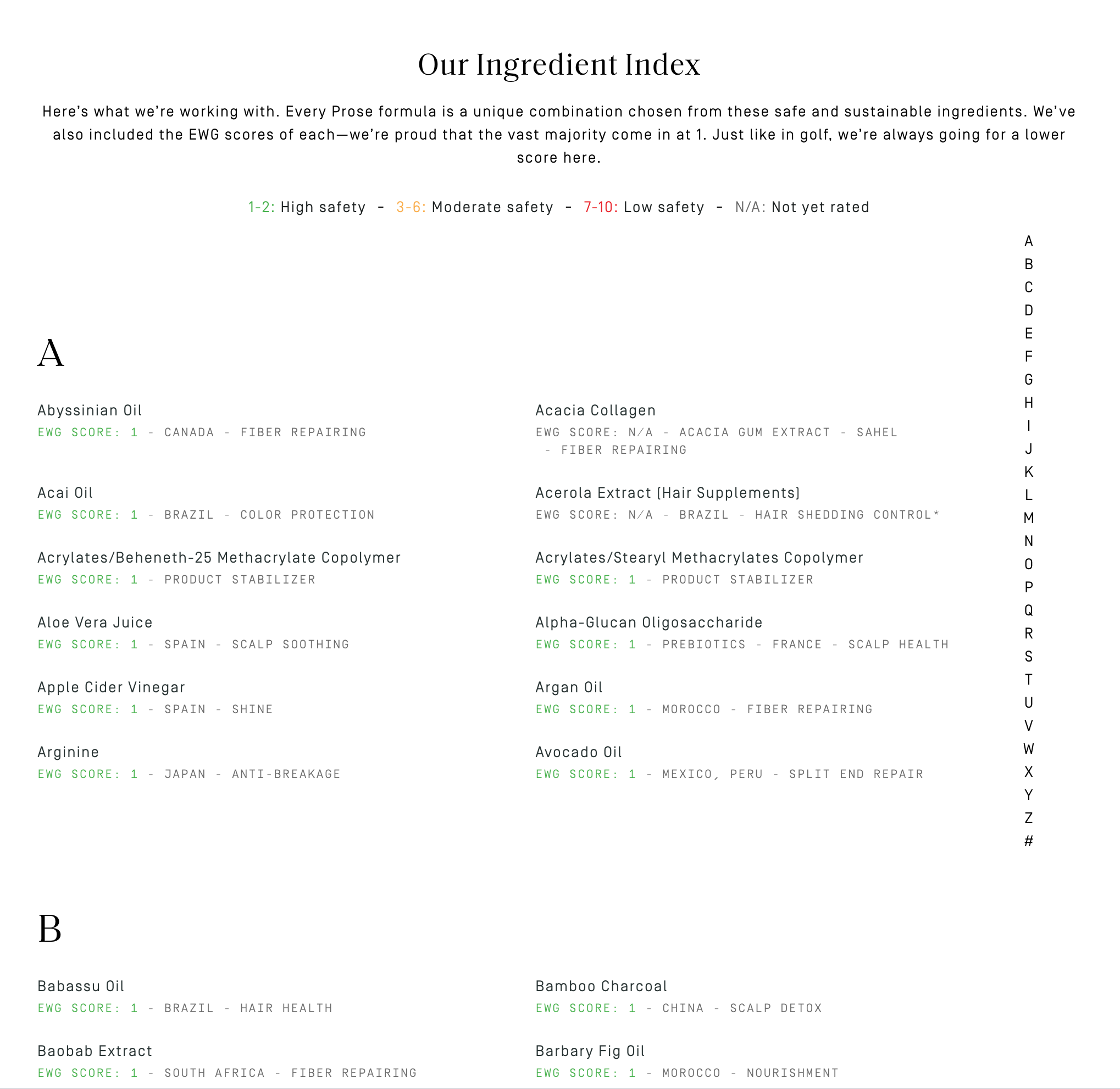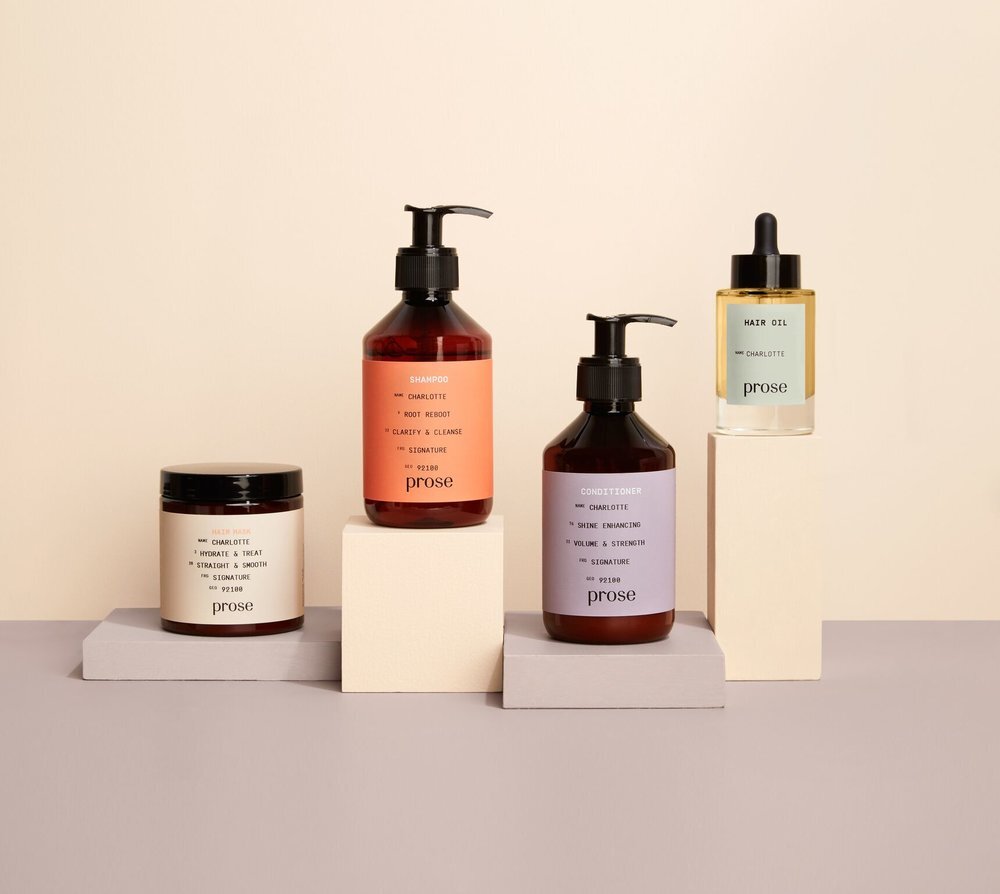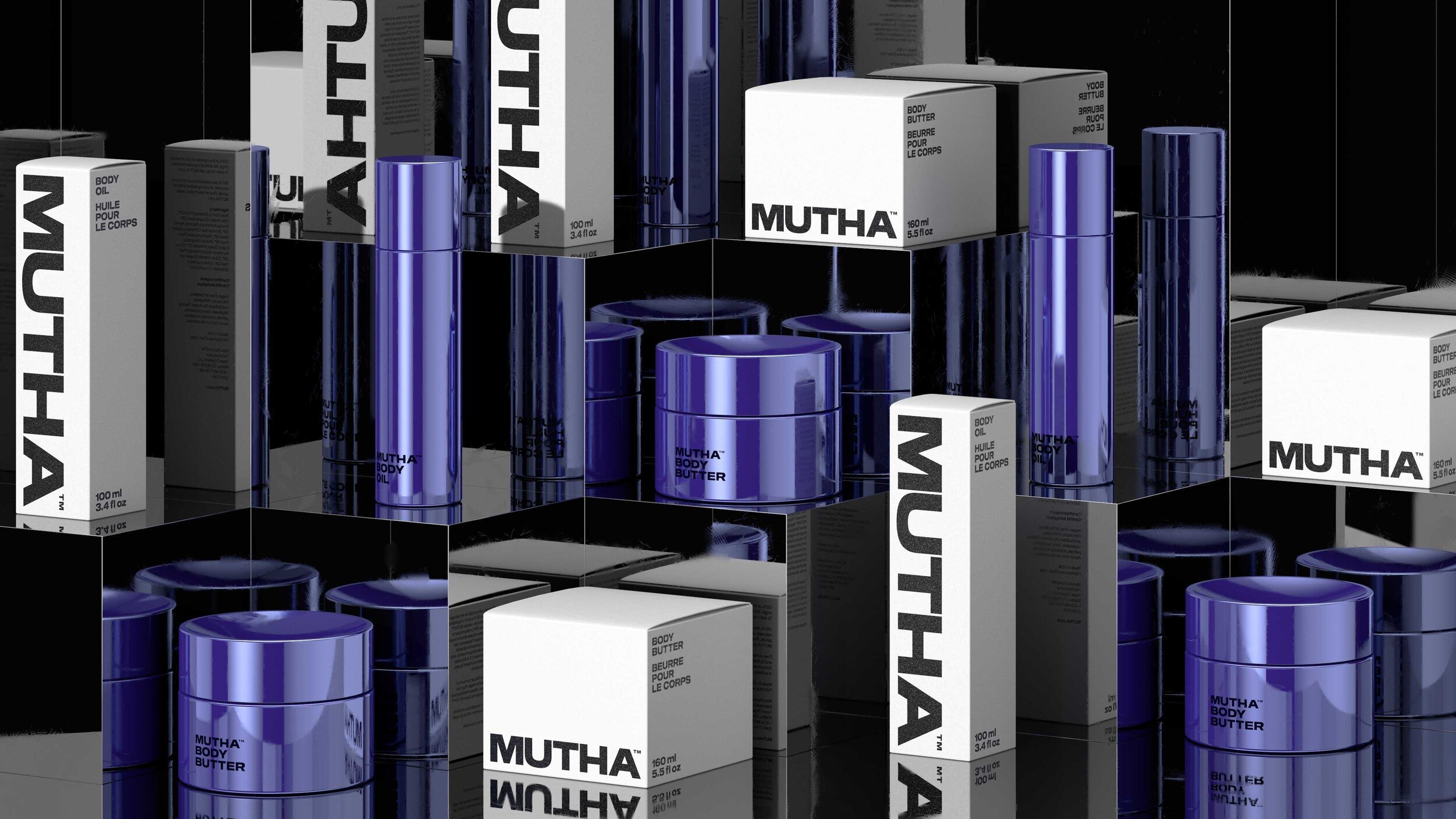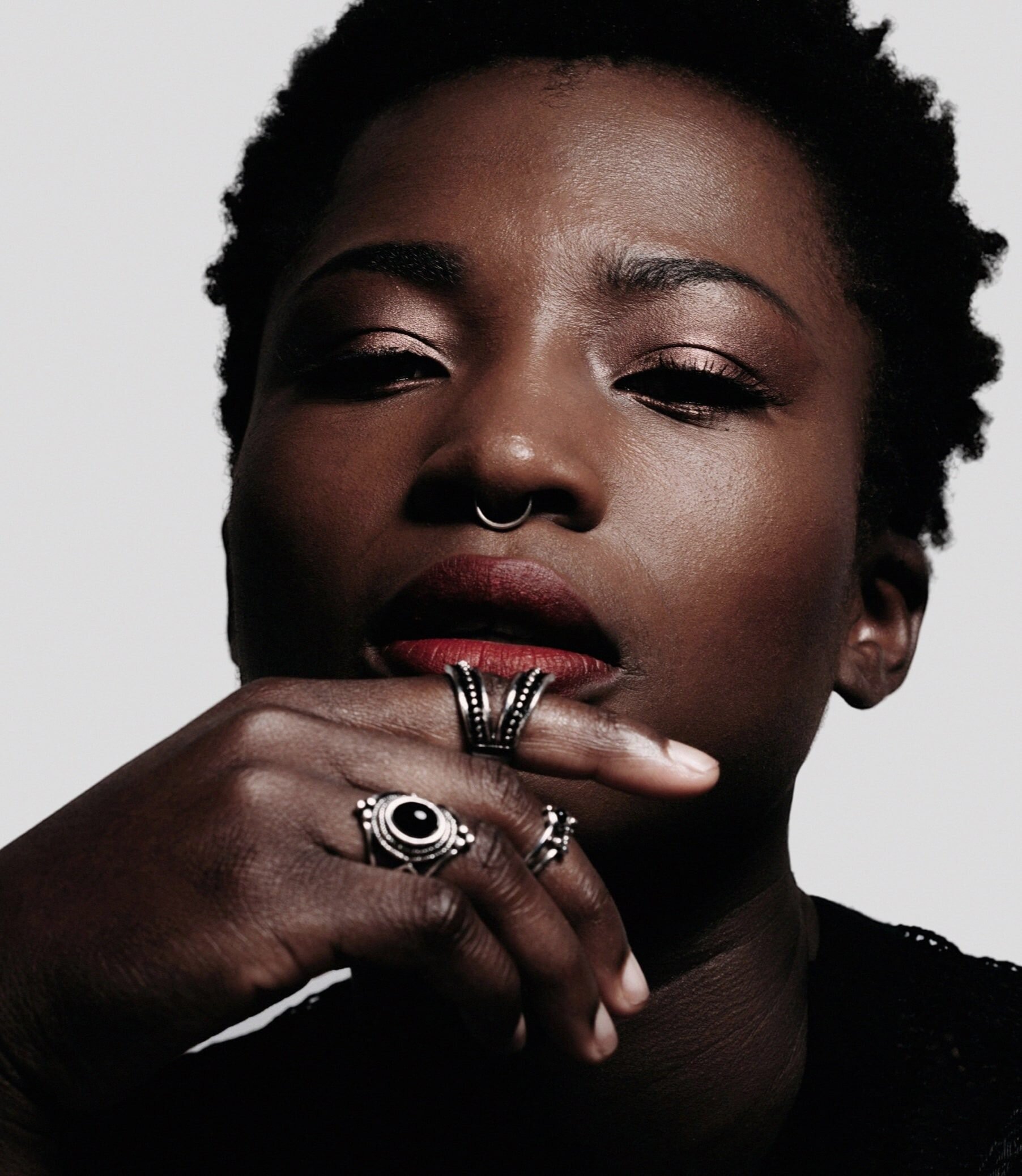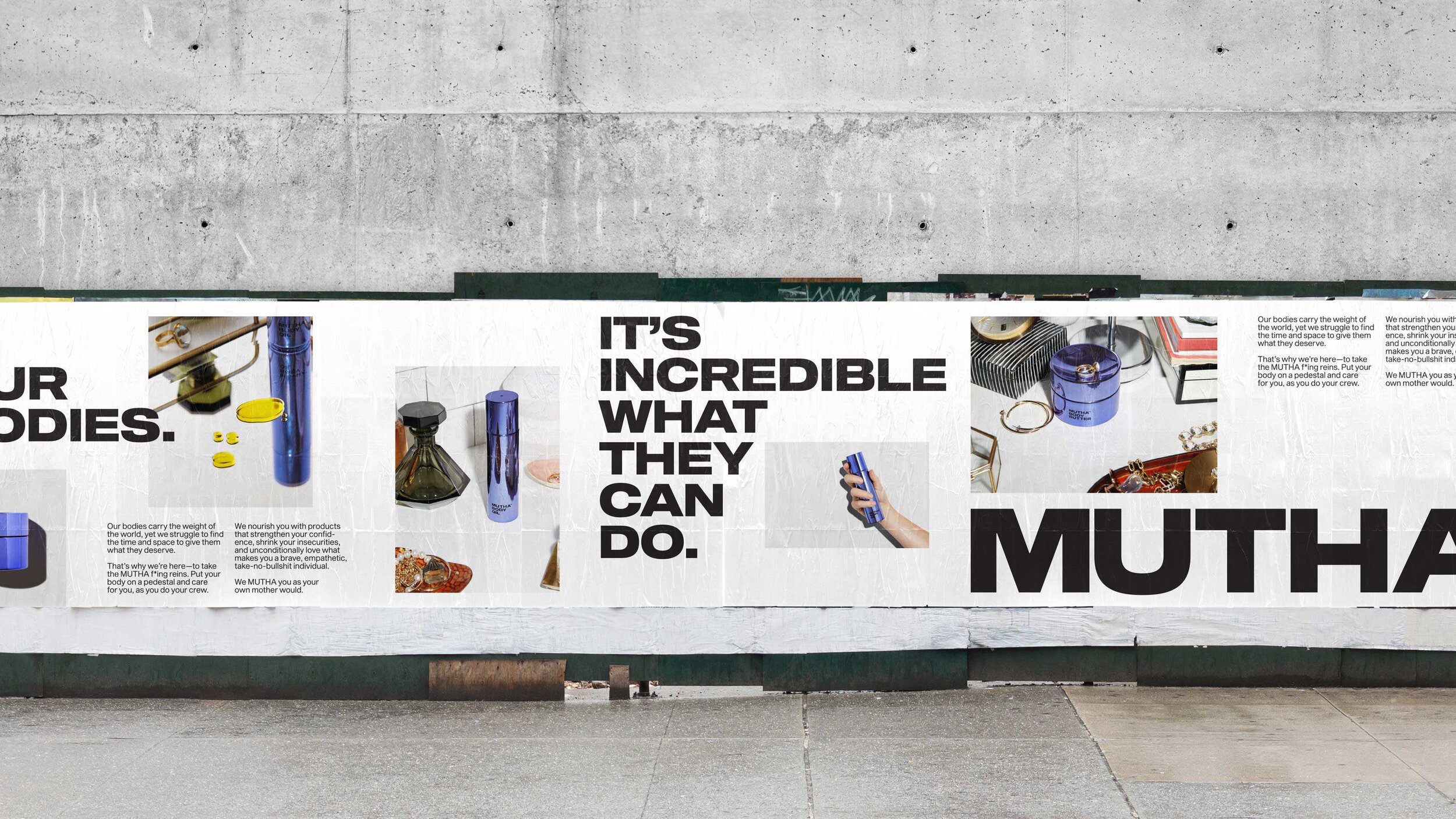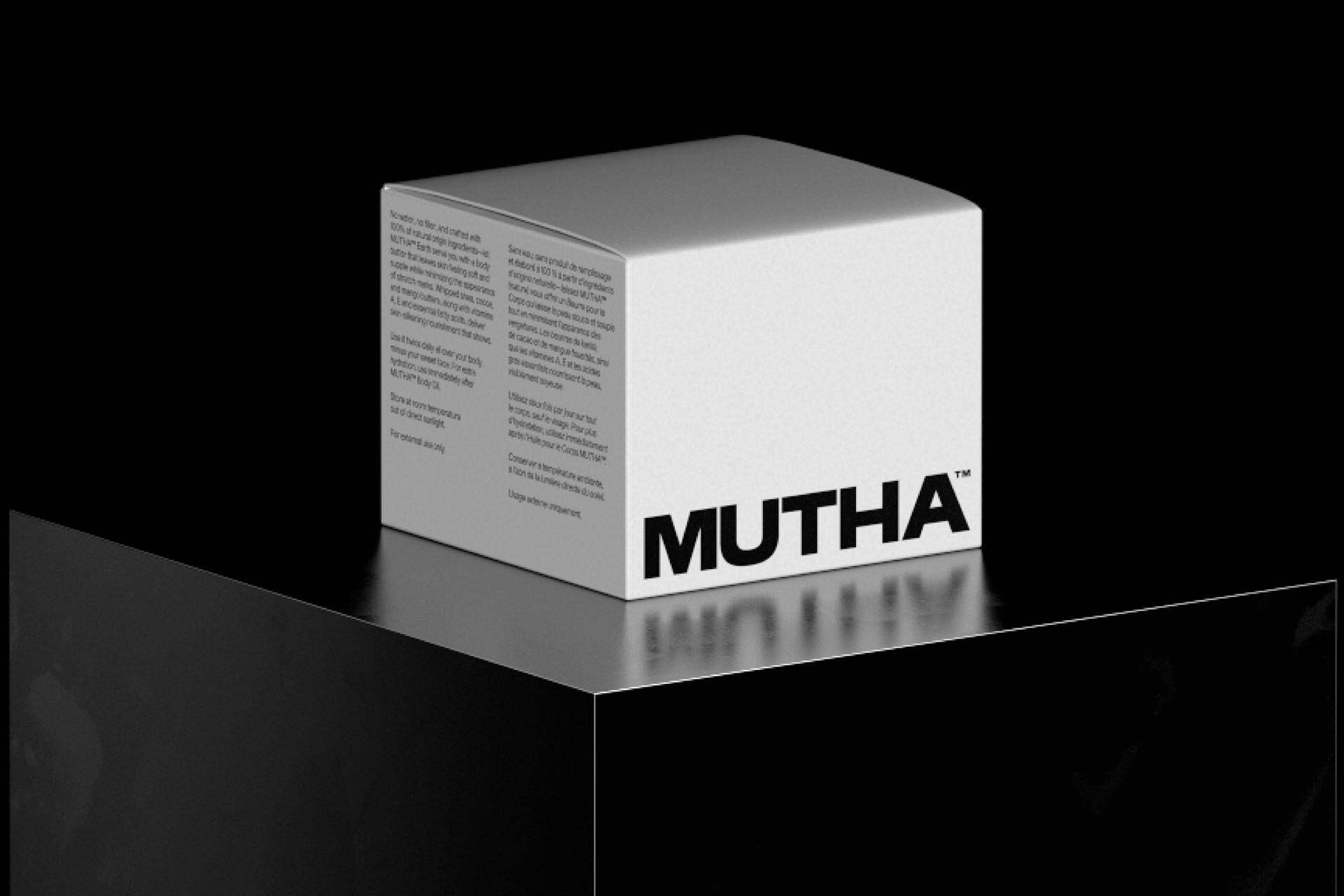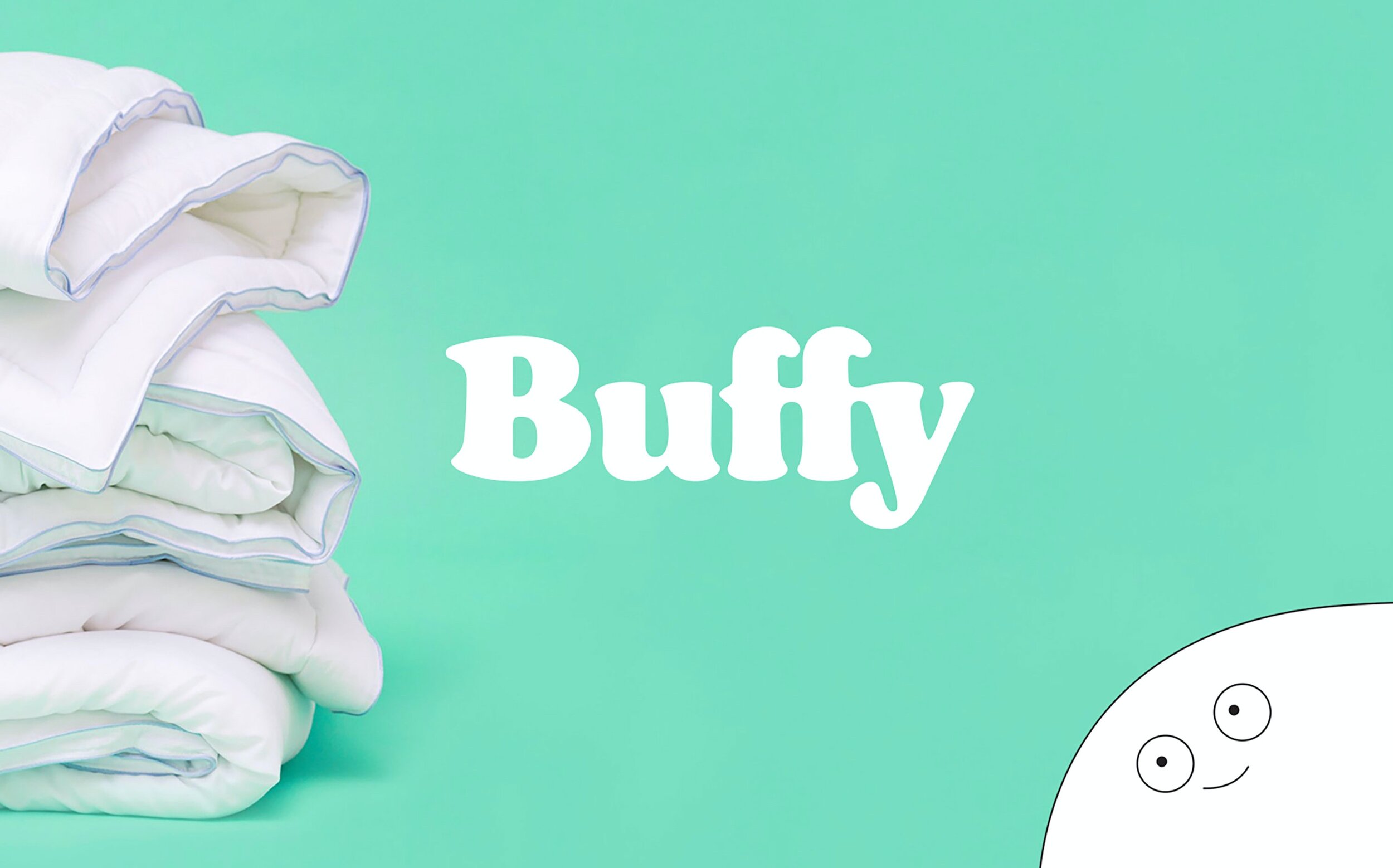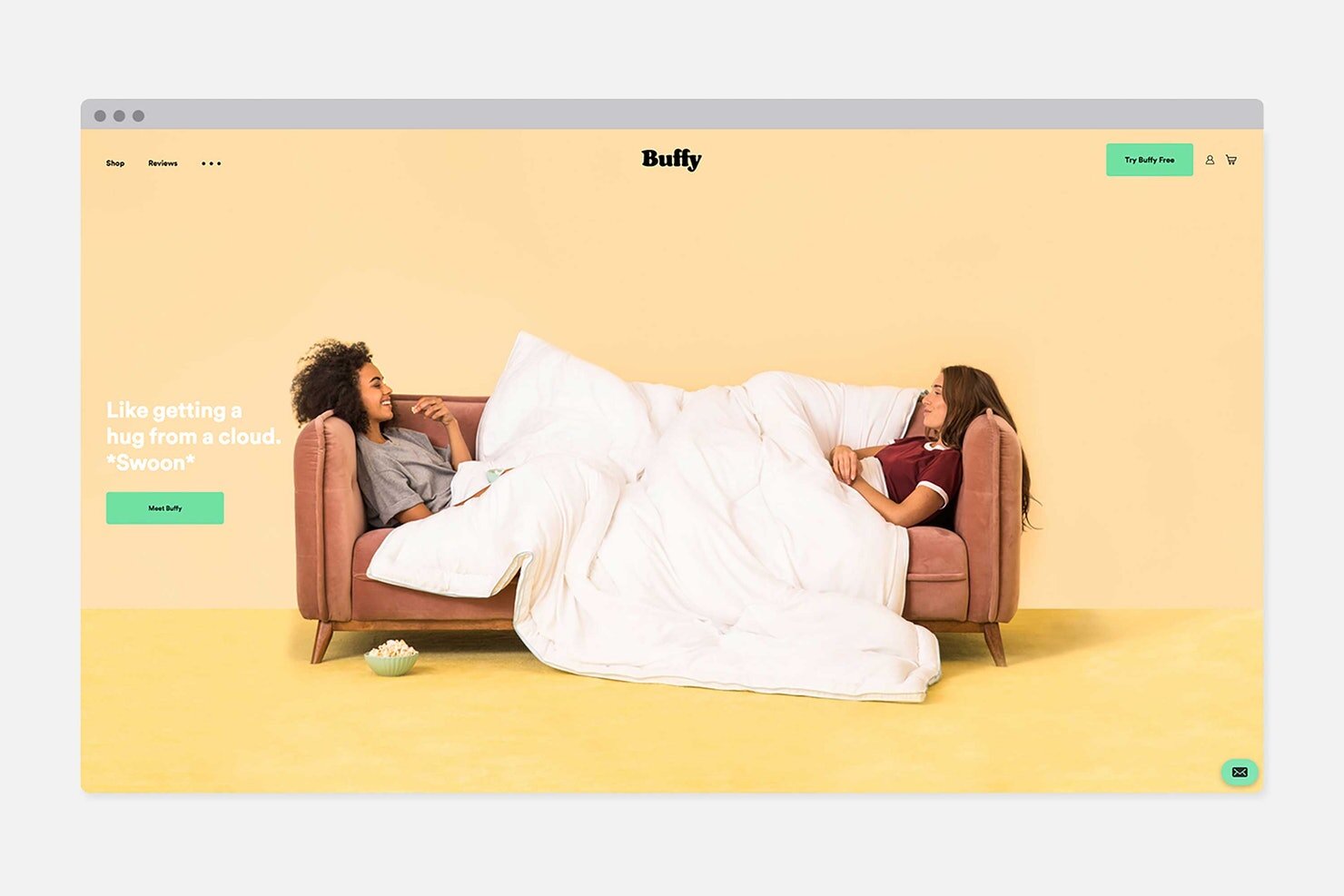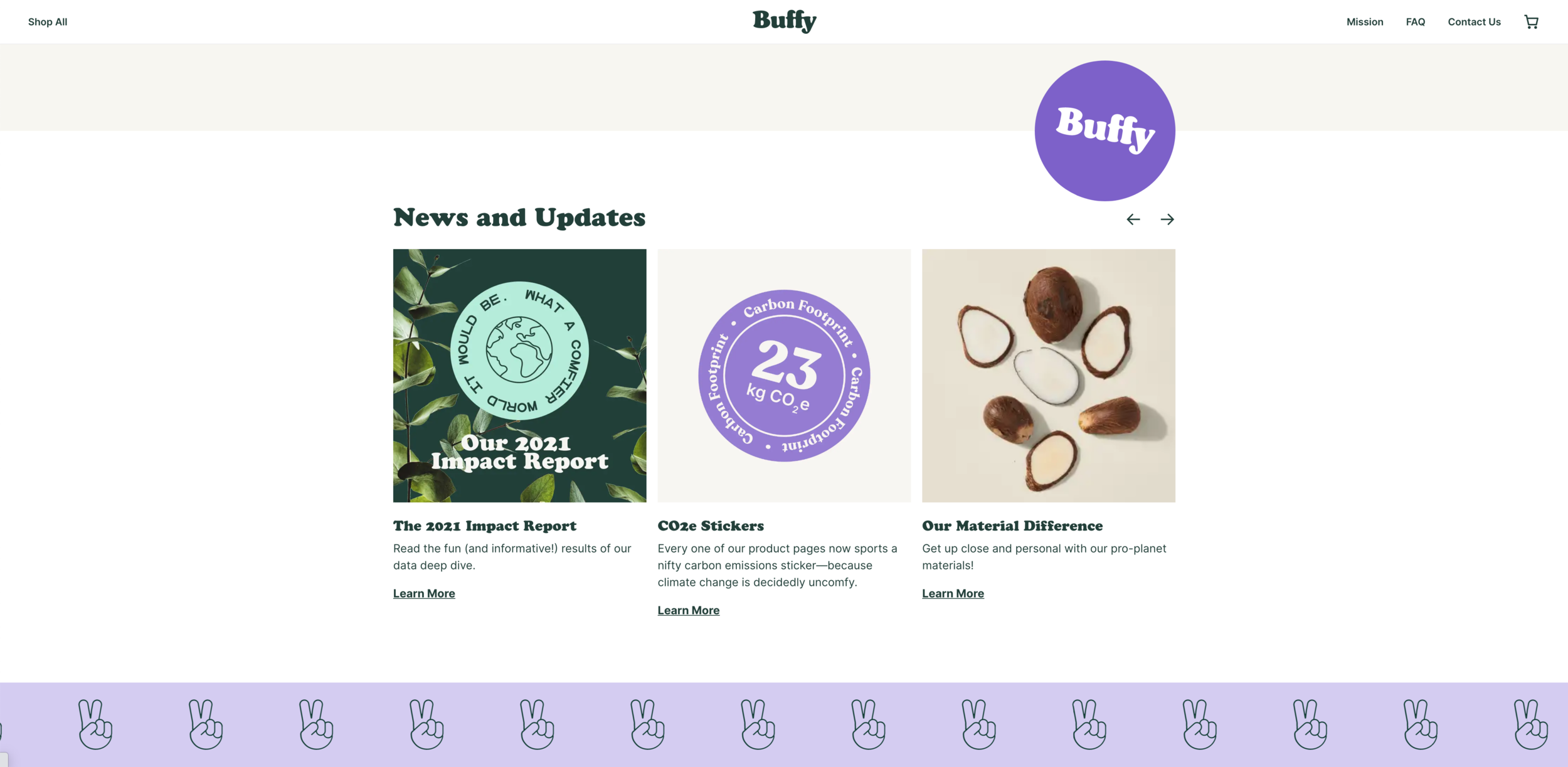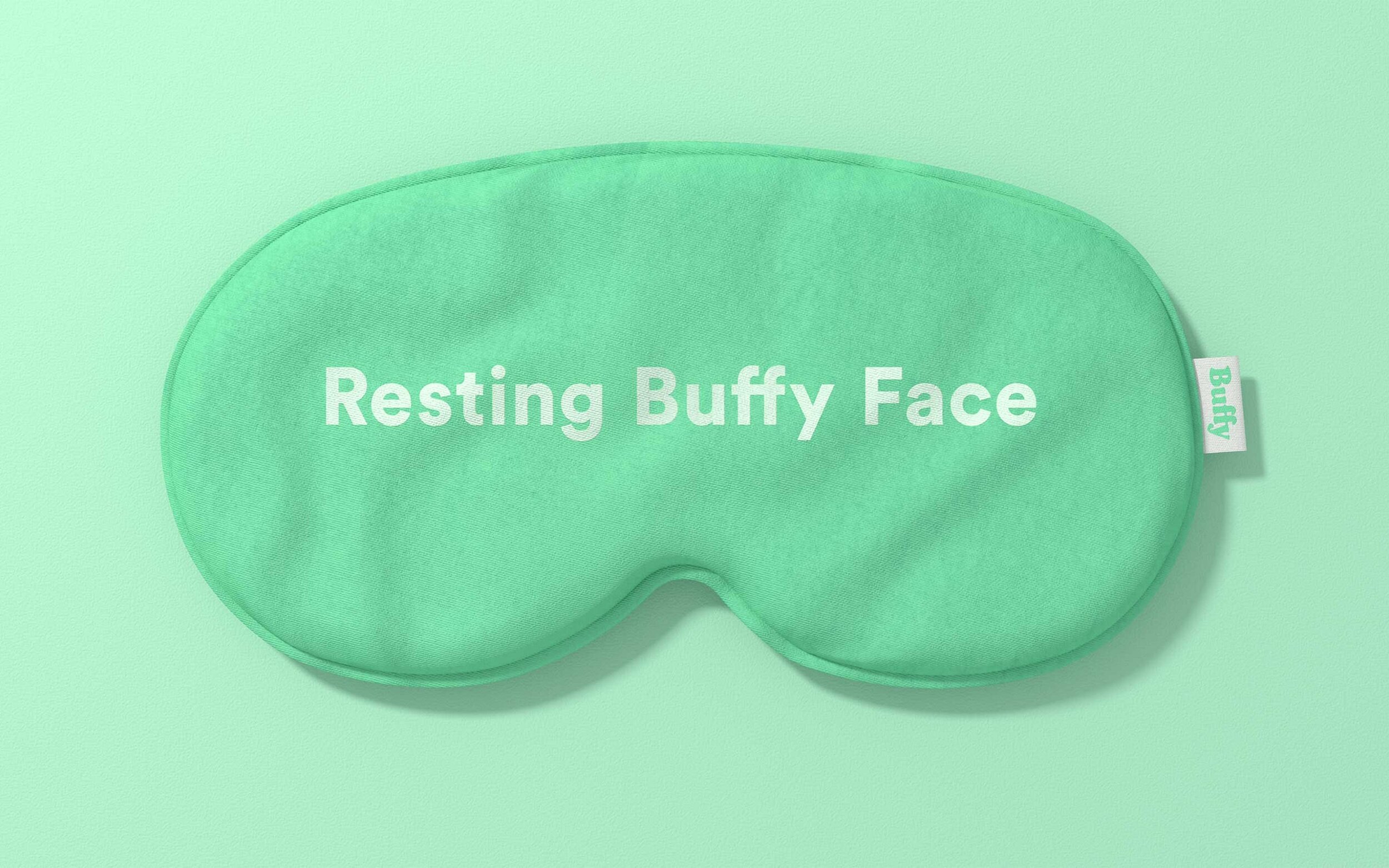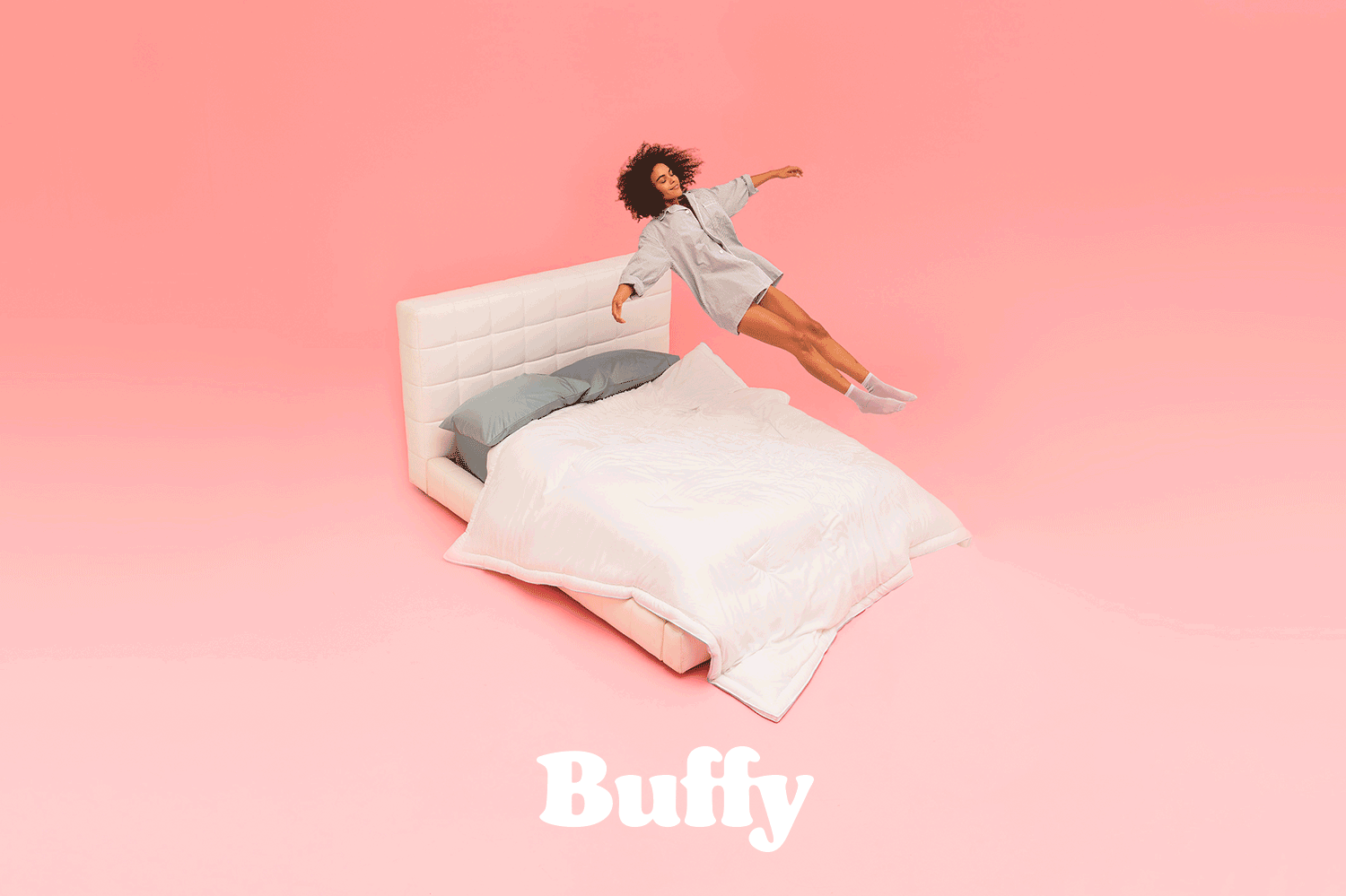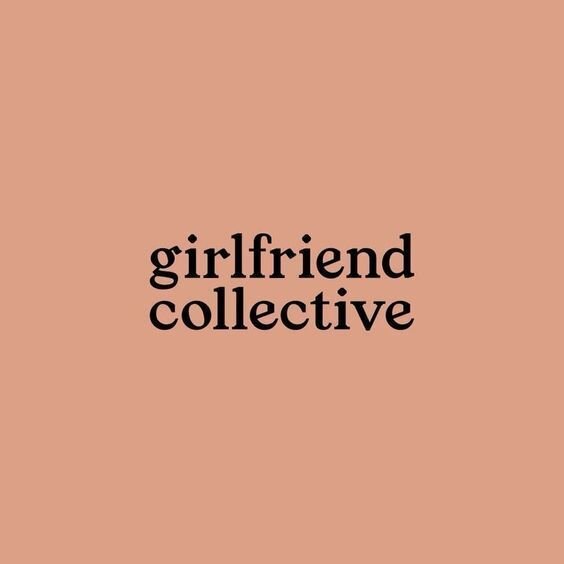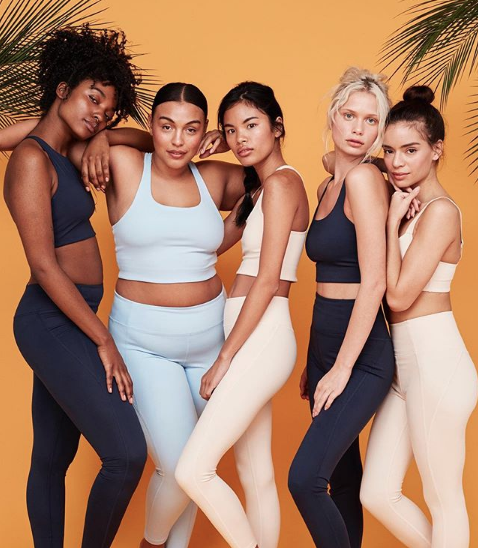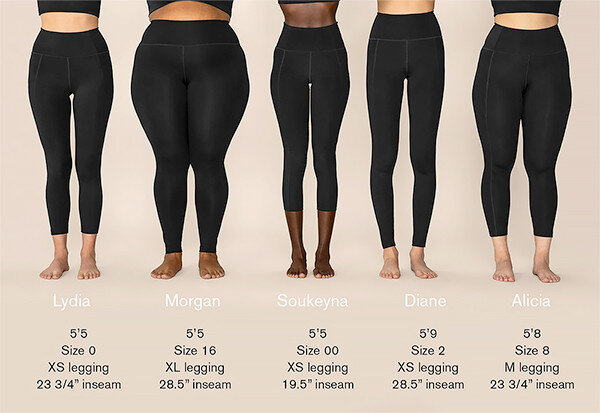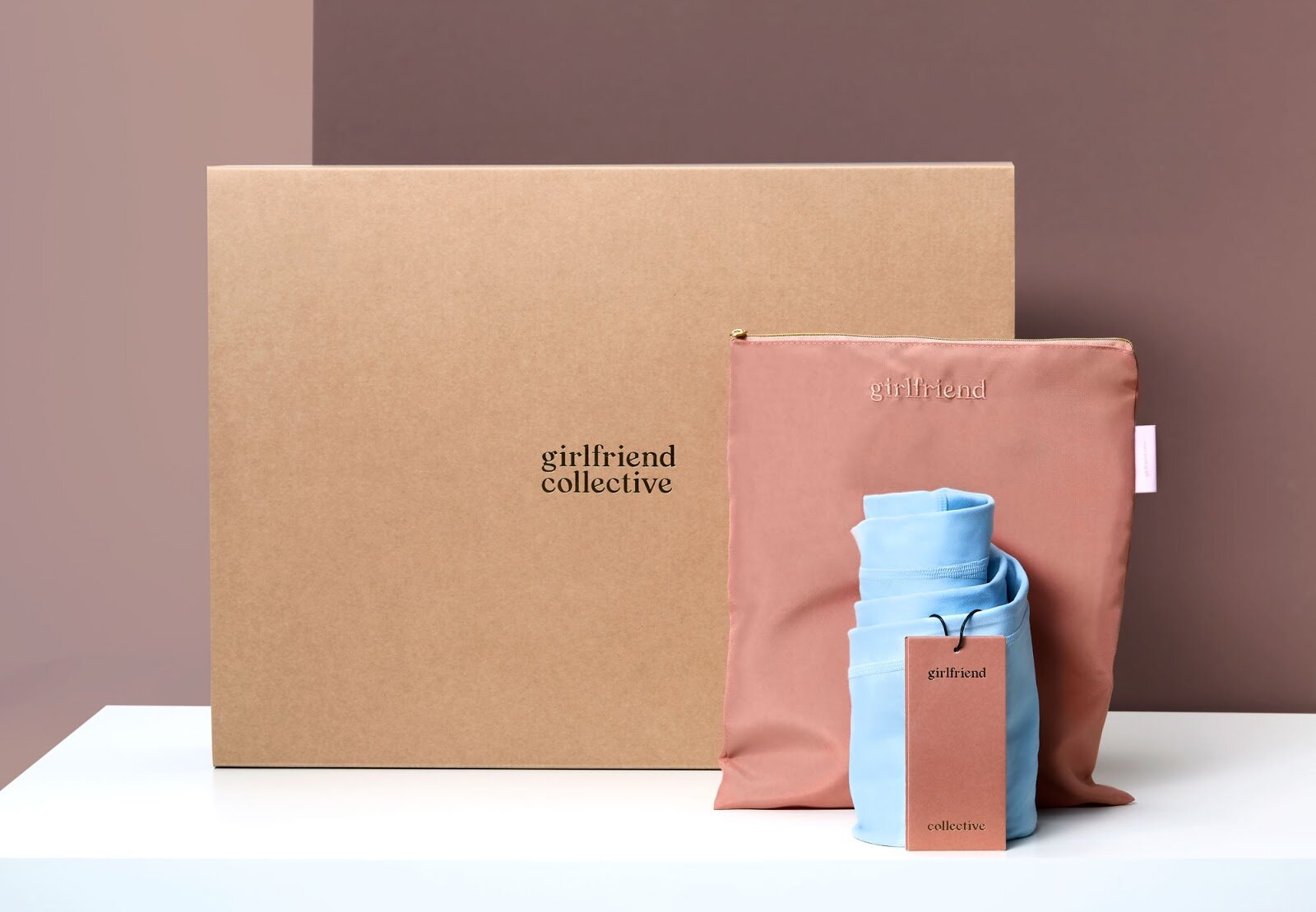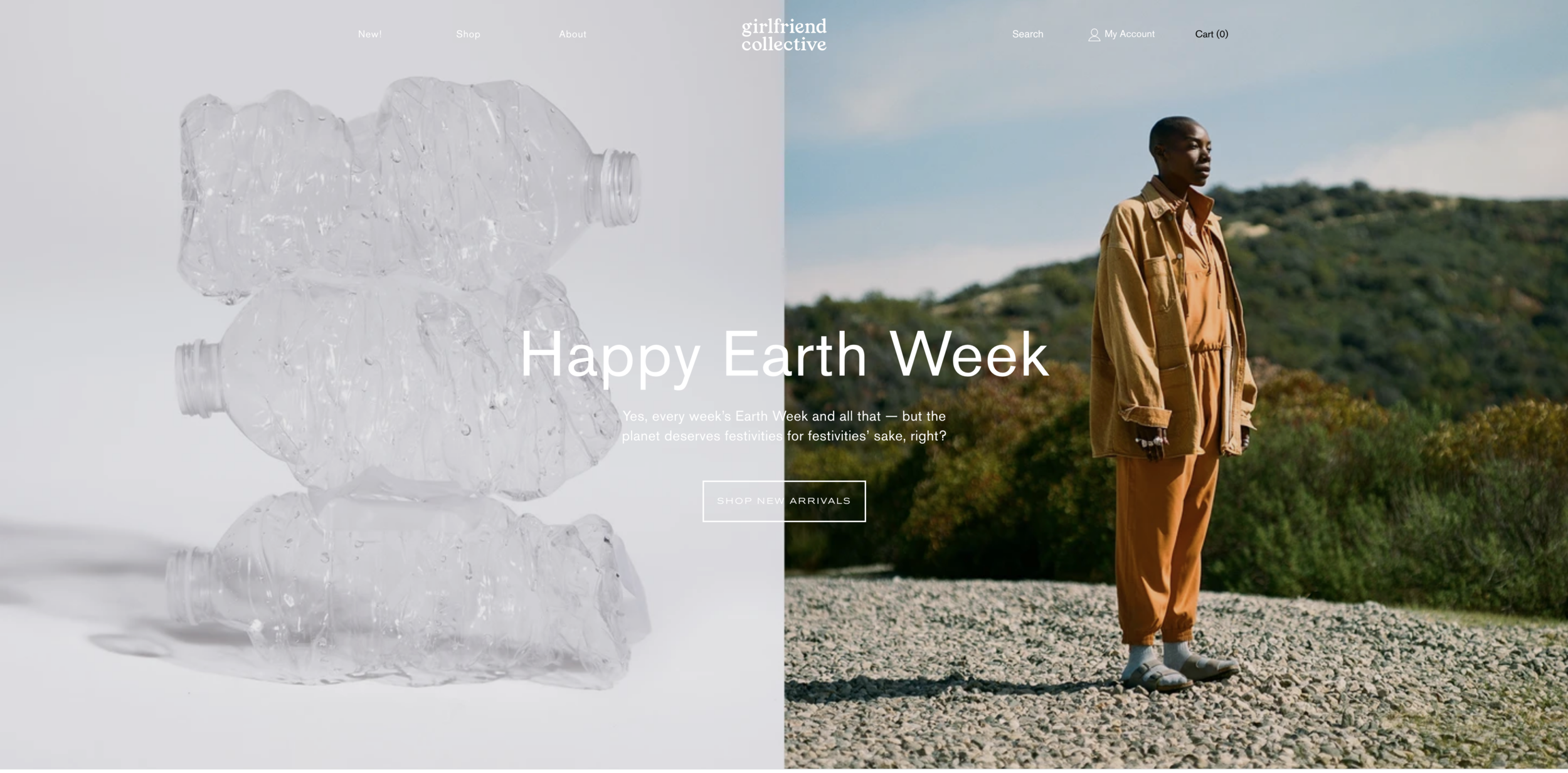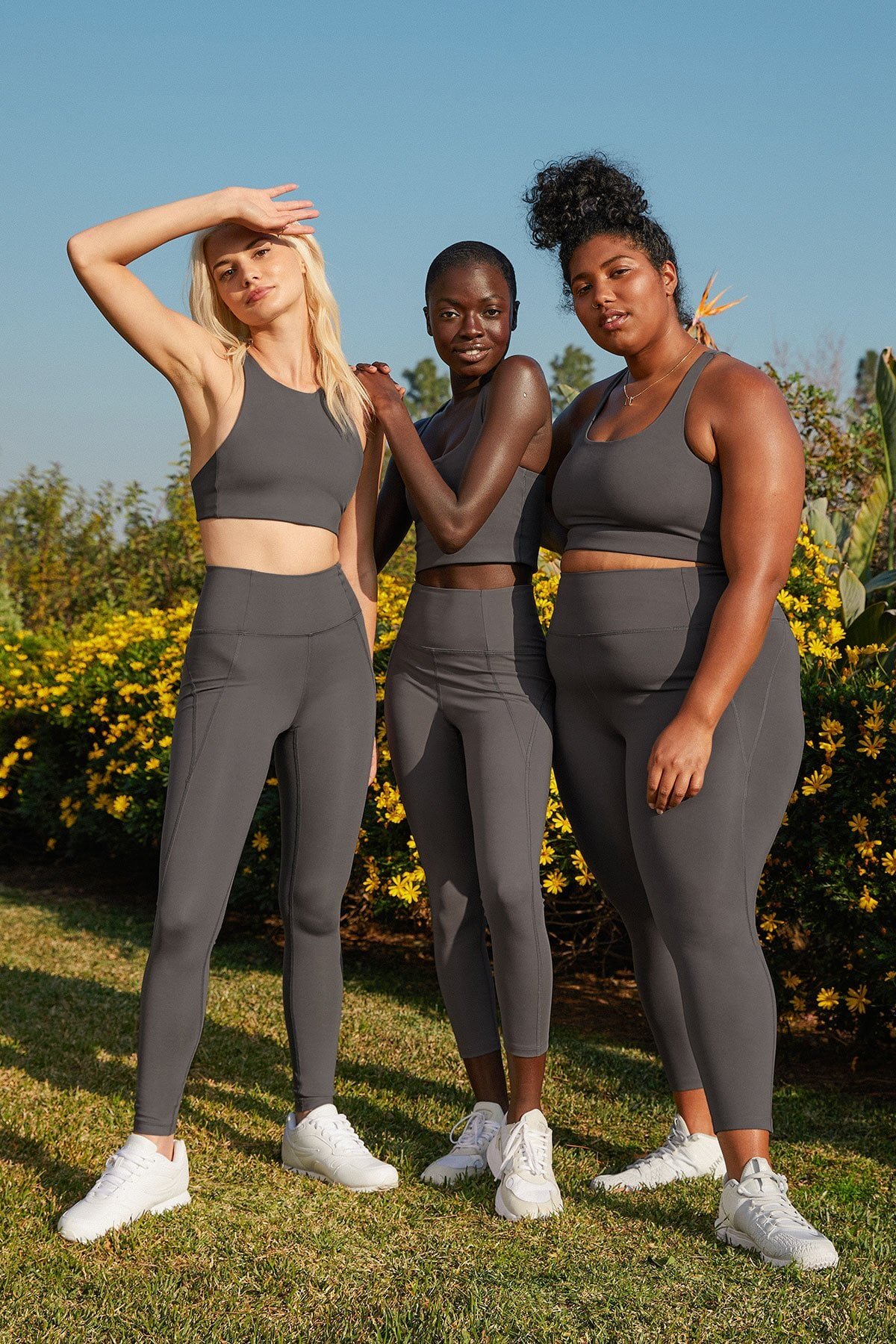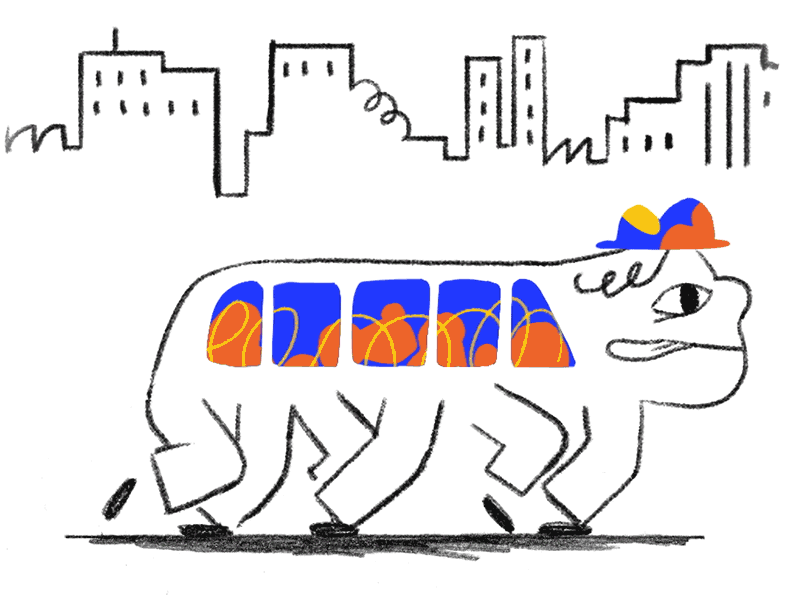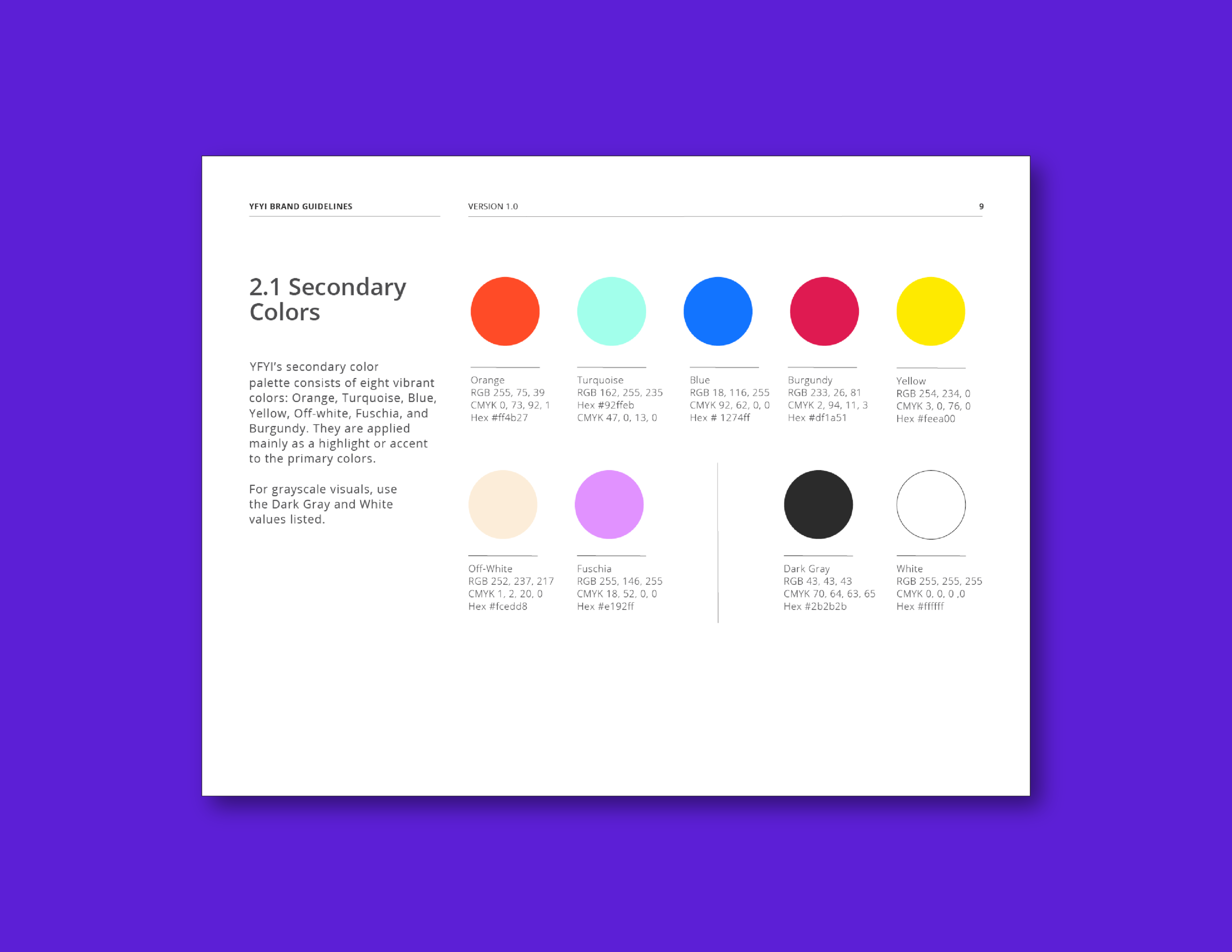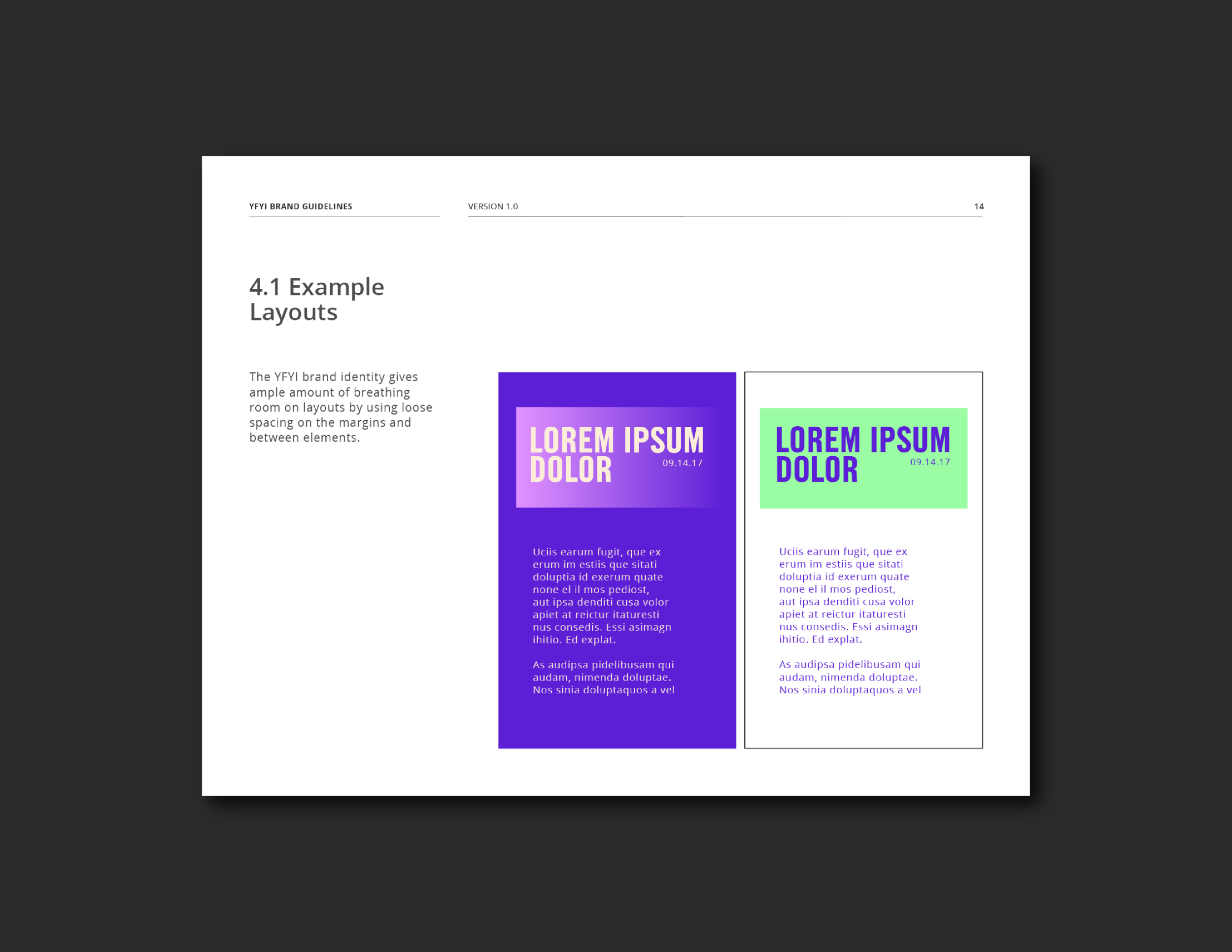Even in the wake of a pandemic that has shaken the economy, sustainability is still at the top of consumers’ minds — a global survey from BCG found that 70% of respondents are more aware of the threat climate change poses now than before the pandemic, and 40% of respondents plan to integrate more sustainable behaviors in the future. On top of that, some studies have shown that sustainable companies are actually more profitable. Going green can be a big competitive advantage, and an increasing number of environmentally conscious brands are embracing it to the fullest.
But there are a lot of cliché, tired tropes when it comes to brand design for eco-friendly companies (think: green color palette, recycling symbols everywhere, brown paper packaging). That’s not to say you shouldn’t use any of those things, but if you use all or most without adding a twist, you can’t expect your brand to stand out. Do your eco-friendly branding well, on the other hand, and you can drive affinity for your company and benefit the planet, its people, and your profits.
Below are a few companies that are doing a particularly good job of highlighting their eco-friendly bona fides in a unique, creative, and appealing way — check them out to find some inspiration for your own brand.
Environmentally Conscious Brands to Watch
1. Prose
Prose, a Brooklyn-based company that offers personalized hair care, has an apothecary-like look that really stands out in their space. Their academic font and ingredient index feels intellectual and scientific, but not overwhelmingly so. They manage to balance their textbook vibe with a touch of warmth from their color palette and authentic portraits. The packaging looks almost like a prescription, but it’s still eye-catching enough to make you want to buy their products. They also do a great job of highlighting their environmental efforts without it being heavy-handed — as you scroll throughout the site, you can see the B Corp logo and find details on their earth-friendly ingredients and packaging.
2. Mutha
Skincare product company Mutha takes a much different approach, with a look that’s bold and brash. Their all-caps font, contrast-heavy photography, and metallic purple packaging make their branding hard to ignore — and it’s definitely not the kind you typically see with clean beauty products. In fact, it’s pretty hard to spot their eco-friendly shoutouts at all. They mention that their products are clean a few times throughout the site, but it’s really only on their FAQ and ingredients pages that you get details on their natural, (mostly) vegan, and often organic ingredients. With so many similar companies going all-in on an earthy visual style, Mutha really challenges the idea of what environmentally conscious brands can look like.
3. Buffy
Buffy, a bedding company that uses sustainable materials, has a really cool retro feel to their brand. And you can see it the second you open their website, thanks to their prominent chunky 70s-inspired typeface. Their lettering is so big and fluffy it looks like you could sleep on it. They feature the natural materials they use prominently on their site, and share their sustainability practices on their mission page. There, Buffy highlights not only their responsible materials but also their carbon offset program, donated returns policy, and even a detailed timeline on how they’re working to close the loop in the next 10 years — proving that their eco-friendly branding is more than just talk.
4. Girlfriend Collective
Girlfriend Collective first debuted with leggings made out of recycled plastic, but they have since started manufacturing clothing and accessories of all kinds: dresses, windbreakers, bras, scrunchies… they even make laundry bags and washing machine filters to catch microfibers from their recycled plastic before it ends up in the ocean. They have a super soothing neutral color palette, a big trend in the direct-to-consumer space, but they manage to make it their own by pairing it with a 70s-inspired serif typeface that has a bit of gothic flair. I love how much diversity they have in their models, too. You see bodies of every shape and size and disabled folks as well — one of their models was a Special Olympics gymnast with Down syndrome. They’re really transparent about their processes, too, from why their products are made in Vietnam instead of the U.S. to instructions for recycling them. From top to bottom, Girlfriend Collective makes you feel good about supporting them.
Walking the Walk
While there are lots of great environmentally conscious brands today, there are also a number of companies that try and capitalize on green trends without doing the necessary work to back it up — a practice referred to as greenwashing. One time, for example, I found out that a company using brown paper in their packaging — which usually indicates natural, unrefined paper — was actually standard white treated paper that had been dyed brown. While it may seem like a quick win at the time, your audience will probably discover that you’re not practicing what you preach at one point or another — and that kind of scandal can pose an existential threat to your company. So if you are going to brand yourself as eco-friendly, make sure it’s not just hot air.
There are a ton of different ways you can embrace green practices at your company that will help make sure your environmental footprint lines up with your branding. Here are just a few ideas:
Use sustainable materials in your products. You may even want to go the extra mile and detail how you source and process them. Transparency builds trust!
Use eco-friendly packaging and shipping materials, like cardboard, unrefined paper, cornstarch packing peanuts, aluminum containers instead of plastic, etc.
Look into becoming a B Corporation, a certification given only to companies that meet high environmental and social good standards.
Support small, local vendors whenever possible. Shorter distance traveled means fewer CO2 emissions.
Offer a recycling or repair program. The more you reuse and recycle, the fewer virgin materials have to be created.
It’s great to highlight green practices like these if you employ them, but make sure it doesn’t sound too much like you’re patting yourself on the back. No brand is perfect, after all, but you should always be striving to improve.
With climate change and environmental damage already impacting the world, it’s important for companies to act fast. The good news is once you do, it can have a ripple effect, inspiring other organizations to follow suit and individuals to be more sustainable in their everyday lives. While environmentally conscious brands may not be able to save the planet alone, green business practices and branding helps amplify the climate conversation we need to effect change.
Anastasia Salazar Ltd. is an independent design studio for tailored branding and digital designs. Reach out to learn how we can help you fuel growth and maximize your brand’s impact.



